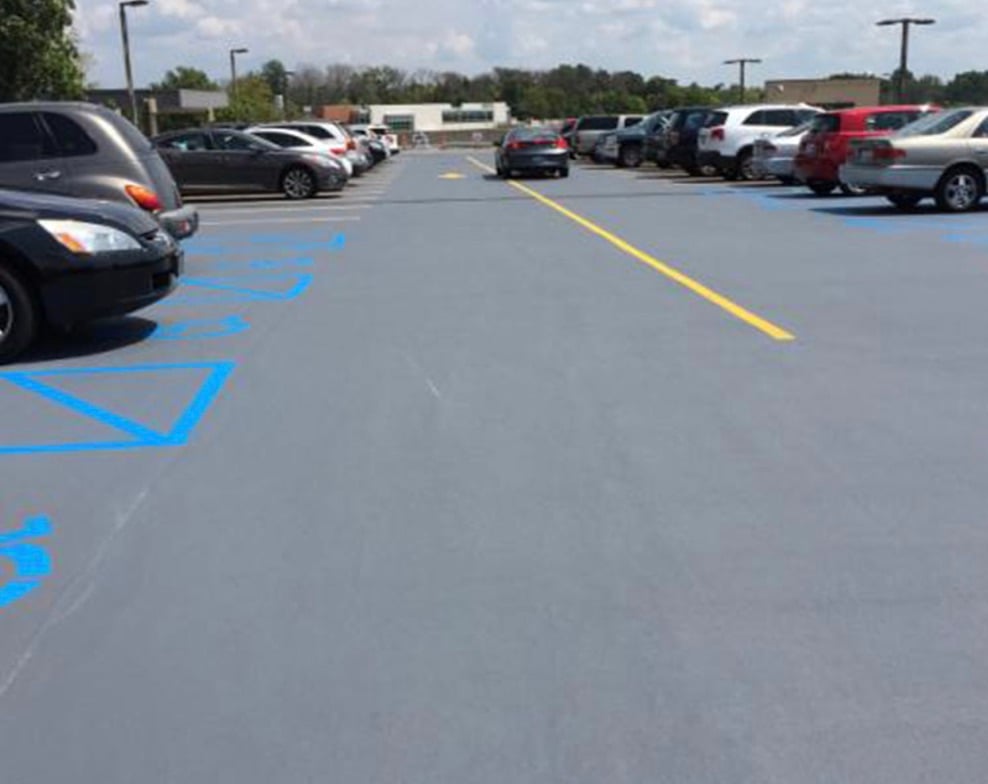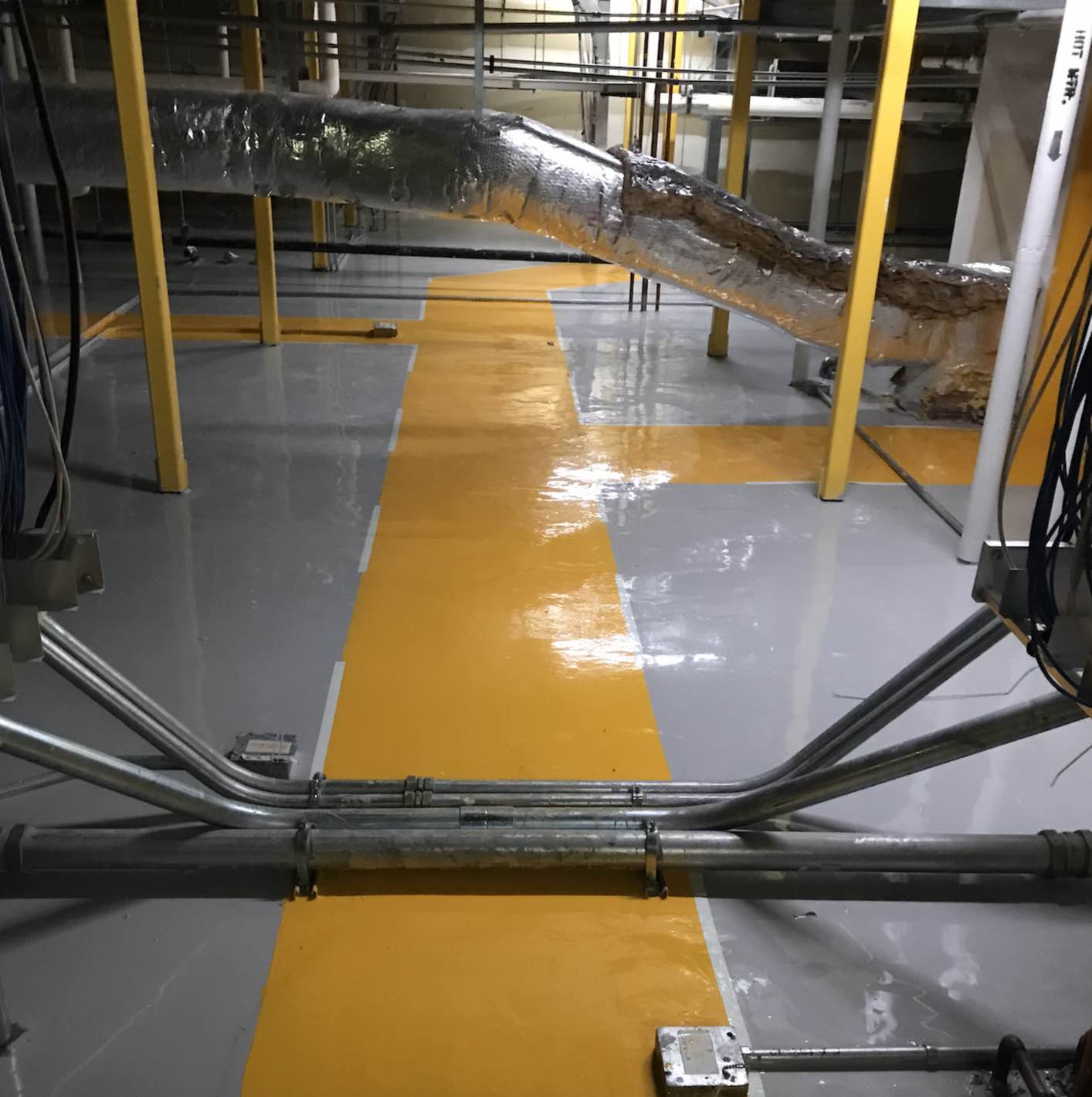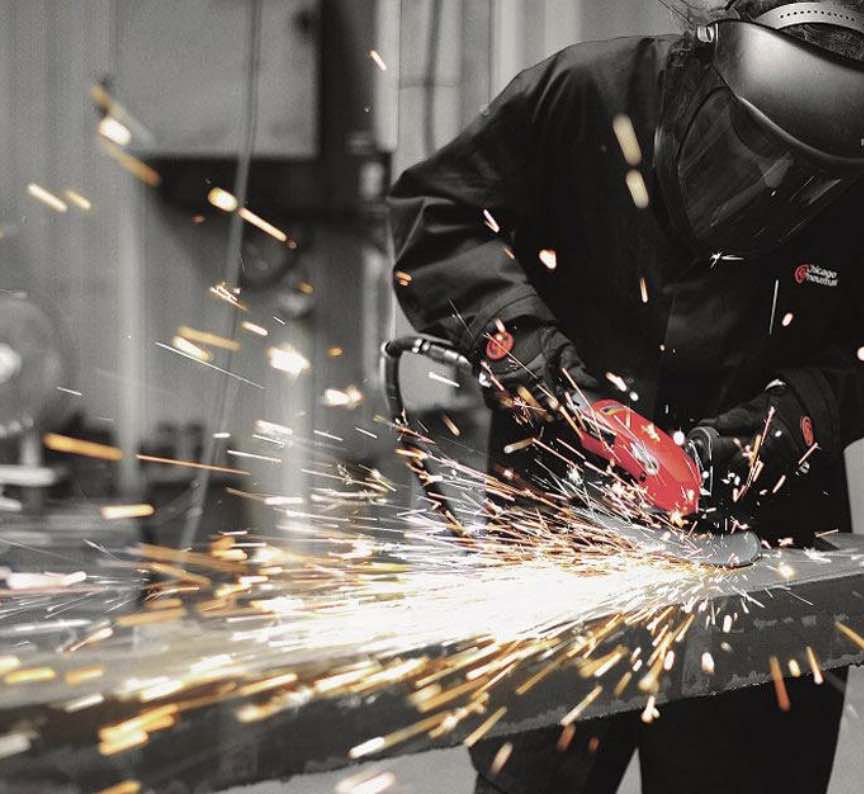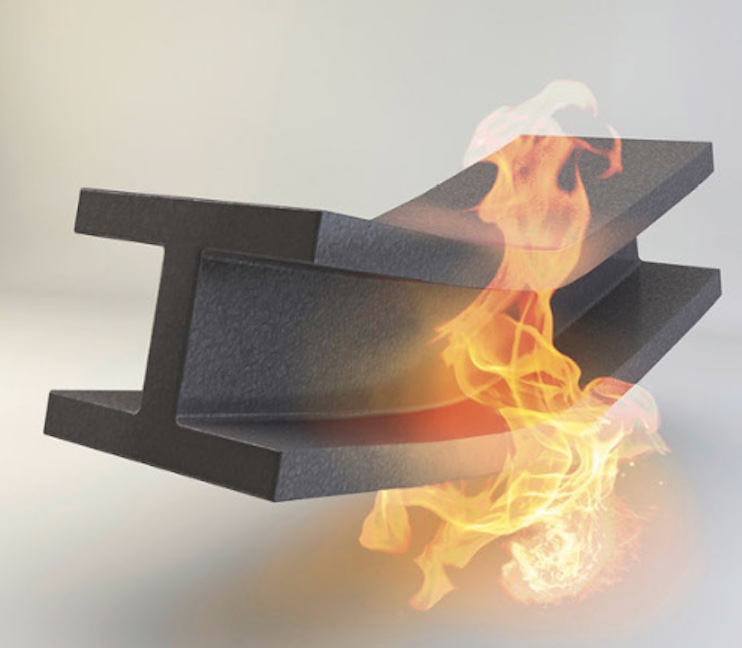
How to choose the right traffic coating
Traffic coatings are selected for a multitude of reasons, often the substrate needs protection from degradation.
- High Performance Coatings
Traffic coatings are selected for a multitude of reasons. Often the substrate needs protection from further degradation, protection from moisture or de-icing salts, chemical attack, or because the substrate is old and the owner desires something aesthetically pleasing. Regardless of the reason, there are many questions that need to be addressed to ensure that the chosen system and application meet the needs of the project.
Here is a list of questions to consider:
- Substrate- What is the traffic coating being applied to? New or Old Concrete? Ferrous or Non-Ferrous metals, wood? Is this substrate structurally sound? Any repair efforts need to be assessed prior to the coating being applied, and often will dictate which coating system is selected to help mask and protect the repairs.
- Surface preparation capabilities- What kind of equipment can be utilized to mechanically profile the substrate? Most coatings will always benefit from substrates that are profiled and “thirsty” (absorptive). This is generally achieved with shot-blasting machines, grinders, media blast pots, and sometimes chemical etching (the least preferred method due to potential neutralization challenges).
- Construction Type- Is this an elevated substrate, slab-on-grade, concrete on pan, concrete with a buried membrane? Are there cracks, construction or expansion joints? Depending on the type of construction, it might be necessary to use an elastomeric system, a rigid system, and the importance of mitigating MVT can be determined.
- Slip Coefficient/Resistance- Aggregates (quartz, flake, silica) will not only increase abrasion resistance and possibly enhance aesthetics, but they are the primary means of providing slip resistance to your coating. The size and frequency of the broadcasted media is controlled by the application contractor, but the thickness of the “top coat” or “grout coat” can also influence the amount of peaks and valleys that are exposed once the system is finalized. The peaks are the traction for traffic, and the valley’s help disperse water below the plane of traffic. It is imperative that the owner and/or decision maker be involved in approving mock-ups so that the applicator and owner agree on the finished product, to help manage expectations.
- What is the environment or end use condition? What is going to attack and degrade your coating? From basic atmospheric exposure, to extreme UV, abrasion and impact, or possibly chemicals. Ask yourself what might harm or shorten the life of your coating? Once finished, is this going to receive pedestrian traffic, vehicular traffic, or something even more extreme, like steel wheel traffic?
- Aesthetics- And Finally, what do you want the coating to look like when it’s done? Do you like solid colors, textures, or something speckled with colors and variations? Do you want something glossy, or matte? This is ultimately up to the owner, but most coating systems can be modified to be decorative and functional at the same time.
As evidenced above, there are many variables that need to be considered. If chosen correctly, your coating should last many years, as well as protect and beautify the substrate they are applied to. Tnemec Series 154, Tneme-Guard can accommodate many of the situations listed above. Ask a High Performance Coating consultant to help you assess possible systems for your project. These specialists will consider all options and can custom tailor a system to meet all of the project requirements.
Check out these other resources
Secondary Containment Coatings- What you need to know
Forklift Traffic on Warehouse Floors
Moisture Vapor Transmission Protection for Concrete Floors
Spalling Concrete and How to Fix It
Floor Coatings Are Not Easy to Specify
Concrete Outgassing and How to Prevent It
Considerations Before Coating Concrete Floors
Selecting Coatings for Secondary Containment
Static Dissipative Floor Coatings
Advantages of Polyurethane Cement Coatings
Exploring Decorative Resinous Flooring Options
UV Resistant Epoxy Floor Coatings
Don't miss these flooring project profiles
Secondary Containment Systems in the Southwest
Manufacturing Facility With Flair
Manufacturing Facility Drum Floors and Walls
Town of Gilbert NWTP Containment

Floor Coatings Are Not Easy to Specify.
Many variables dictate the proper selection of...

The Importance of Surface Preparation with High...
When it comes to achieving long-lasting and...

A Comprehensive Overview of Fireproofing Methods,...
In this blog, we will delve into the diverse...